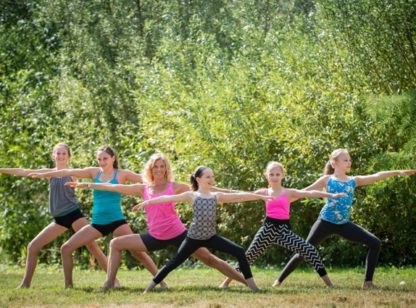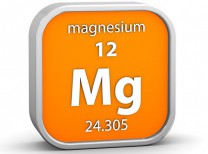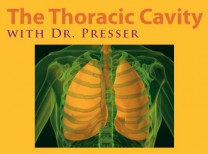If you have read the latest fitness science then you know that weight training has significant benefits – especially as our bodies age: improved metabolism and body mass index (ratio of fat compared to muscle), lower cholesterol, better bone density, and sharper cognitive function, not to mention more strength, stamina and balance. But what if you have not done weight training in a while? How do you get started safely – at ANY age – and fit training into your busy schedule?
Slow motion, high-intensity weight training – just once a week for 20 to 30 minutes per session – has been found to yield benefits greater than doing an hour of cardio three to four days a week.1 Guided by an expert trainer, each weekly session focuses on seven to 10 muscle groups, for two to three minutes of high-intensity movements at a time. The goal is to exhaust each muscle group and reach “failure” or full fatigue in that time by keeping the muscles loaded with the proper weight, and the movements – 10 seconds lifting, 10 seconds lowering – controlled and slow. By doing so, the body responds to the fatigued muscle by building more.
In 2003, Lesley Stahl and Barbara Walters shared on CBS’s 48 Hours that this was how they stayed in shape, and the producers conducted research on twins to test the effectiveness of this workout method.1 One twin did only the high-intensity, slow motion weight training for 20 minutes a week for five weeks. The other twin did cardio for one hour a day, three to four days a week for five weeks. At the end of five weeks, the weight training twin lost 15 pounds and eight inches, whereas the cardio twin lost four pounds and four inches.
How is that possible? When you build muscle using this slow motion technique supervised by a trainer, you ensure that the movements you are doing are concentrated on just that muscle group. Typically, as we lift weights on our own, we adjust our body as the weight feels heavier so we can get in a few more reps. But by twisting and using our necks or backs or other areas of our bodies, we can injure ourselves – and we’ve taken the weight load off of the muscle group that we are trying to fatigue. When you truly fatigue your muscles, they build and strengthen, and the fat in your body reduces due to your increased metabolism. Muscle is much tighter and denser than fat, so you lose both weight and inches.
This method has been studied and explored by doctors and experts for over 30 years, most notably by Doug McGuff, MD and John Little in their book Body by Science, and Ken Hutchins, who found that “super-slow” training led to gains in bone density in women with osteoporosis. A study published in 2001 and co-authored by exercise physiologist Wayne Westcott also found that slow-motion strength training produces 50 percent more improvement in muscle strength than regular weight training.2
Thirty minutes, once a week could be just the workout you’ve been waiting for.
Lisa May is a certified personal trainer specializing in slow motion, high-intensity strength training and owner of The Strength Code in Palm Desert. She can be reached at (760) 835.1145 or lisa@thestrengthcode.com.
References: 1) https://www.cbsnews.com/news/feel-the-power-20-11-2003/; 2) https://bethesdamagazine.com/bethesda-magazine/may-june-2016/the-benefits-of-slow-motion-training/
















































Comments (0)